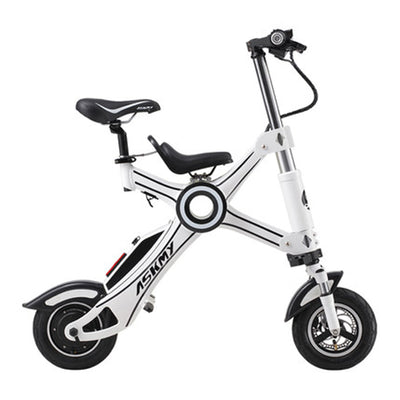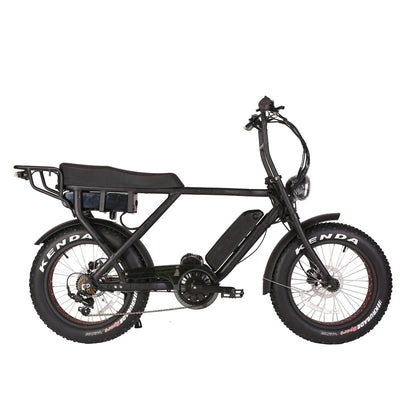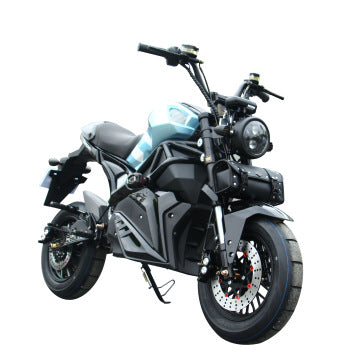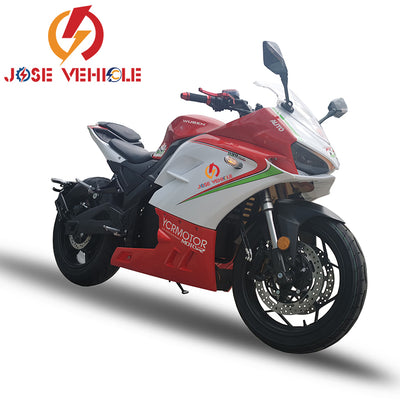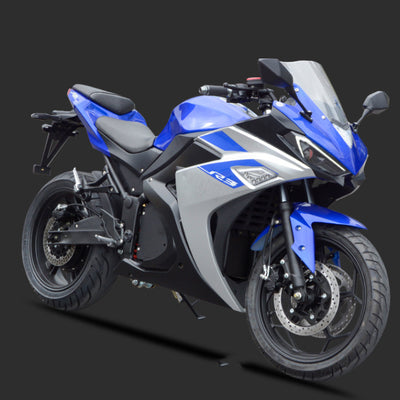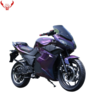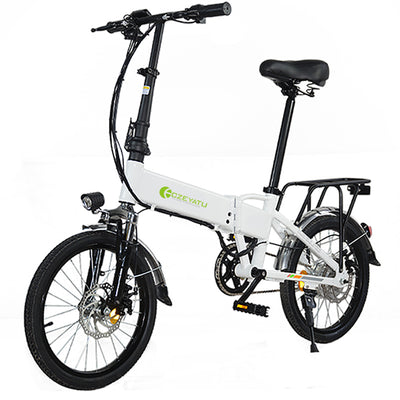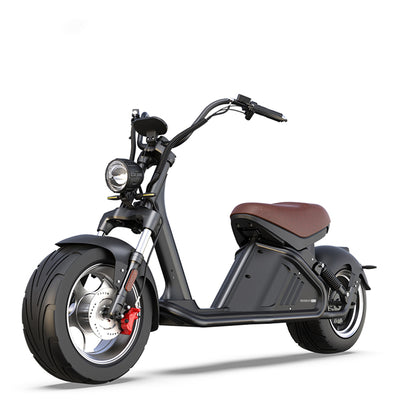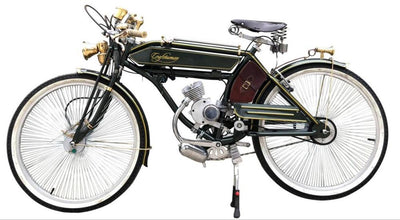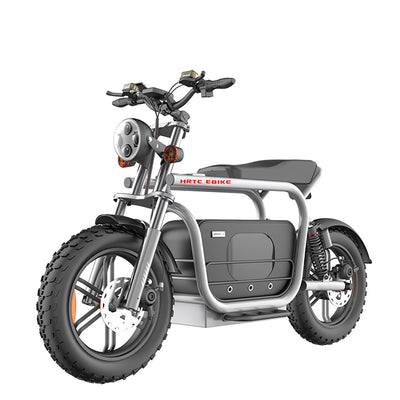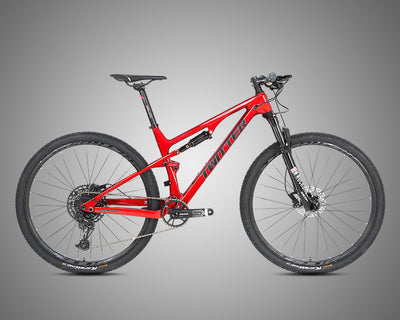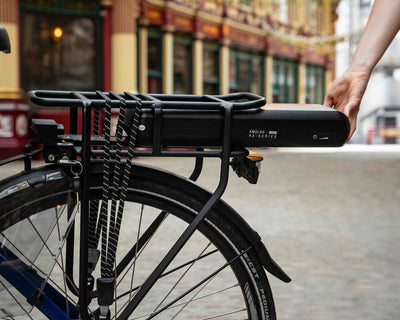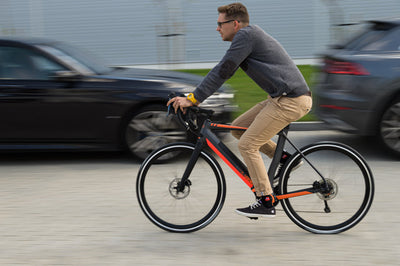STREET LEGAL ELECTRIC BIKE: ALL YOU NEED TO KNOW ABOUT E-BIKE REGULATIONS
Posted by Tom Lee on
Knowing the rules and regulations on the street for a legal electric bike is essential. Motorcycle usage is growing in popularity. More and more individuals are choosing e-bikes for commuting to work and short excursions because of their power-assisted capabilities. Ebikes have also become a more adaptable form of transportation due to growing gas prices and the problem of automobile exhaust pollution.
People enjoy the convenience and comfort brought by e-bikes; however, you need to know the relevant rules and regulations in your area to avoid some legal disputes before you hit the streets.
The following content will be about the information on regulating e-bikes according to different regions. UK, USA, and Australian laws for the street-legal electric bike are covered.
THE UNITED STATES
A two or three-wheeled vehicle with a maximum motor output of 750 watts and assistance restricted to 20 mph is referred to as a "low-speed electric bicycle" under federal legislation in the United States. According to federal legislation, e-Bikes that comply with these requirements are treated the same as regular bicycles.
However, the classification of e-bikes varies significantly between states, as do the laws that govern how people may use e-bikes. Insurance, permits, and wearing helmets are only a few examples of pertinent laws. There are also different regulations for the minimum driving age of an e-bike, the maximum speed, and the maximum power output.
Most states practice the rules of model legislation. It means that states that have enacted PeopleForBikers’ model law, which defines and regulates three classes of electric bicycles within states’ motor vehicle codes, give riders similar rights and duties to traditional bicycle riders.
WHAT ARE THE THREE CLASSES OF ELECTRIC BICYCLES?
In short, the relevant laws vary from state to state, so it is important to check the local regulations in advance.
UK
E-bikes in the UK are defined as ‘electrically assisted pedal cycles’ (EAPCs). You don’t need a license to ride one, and it does not need to be registered, taxed, or insured.
An EAPC must meet the following requirements:
1, Have pedals that can be used to propel it.
2, Show either the power output or the manufacturer of the motor.
3, Show either the battery’s voltage or the maximum speed of the bike.
4, Must have a maximum power output of 250 watts.
5, The electric motor should not be able to propel the bike when it’s traveling more than 15.5mph.
A bike is categorized as a regular pedal bike if it satisfies the EAPC standards. It is, therefore, legal to ride it in bike lanes and wherever else that pedal bikes are permitted. Northern Ireland's laws are consistent with the rest of the UK. An e-bike that conforms to the EAPC mentioned above is considered a conventional bicycle.
Any electric bicycle that does not adhere to EAPC regulations is considered a motorbike or moped and is subject to registration and taxation requirements. You must have a driver's license and a crash helmet to ride one.
AUSTRALIA
The relevant regulations on e-Bikes in Australia can be summarized as follows:
1, Speed limit
An electric motor with a maximum power of 200 watts, is activated when pedaling at a maximum speed of 25km/h. The maximum power of 200 watts is usually intended for cyclists who want to ride without pedaling, but not many e-bikes are designed for this purpose.
2, Helmet
A safety helmet is what protects you and your passengers from head and brain injuries in falls and crashes. Road rules across Australia make it clear that, as an e-bike rider, you must wear an approved safety helmet that is securely fitted and secured.
3, PassengerIf you want to carry passengers on your e-bike, you must ensure the bike fits that purpose. If not, it's illegal.
Each country has different regulations on street-legal electric bikes. Before riding, you should learn about the relevant laws to avoid disputes and problems.
- Tags: aliexpress electric bike

